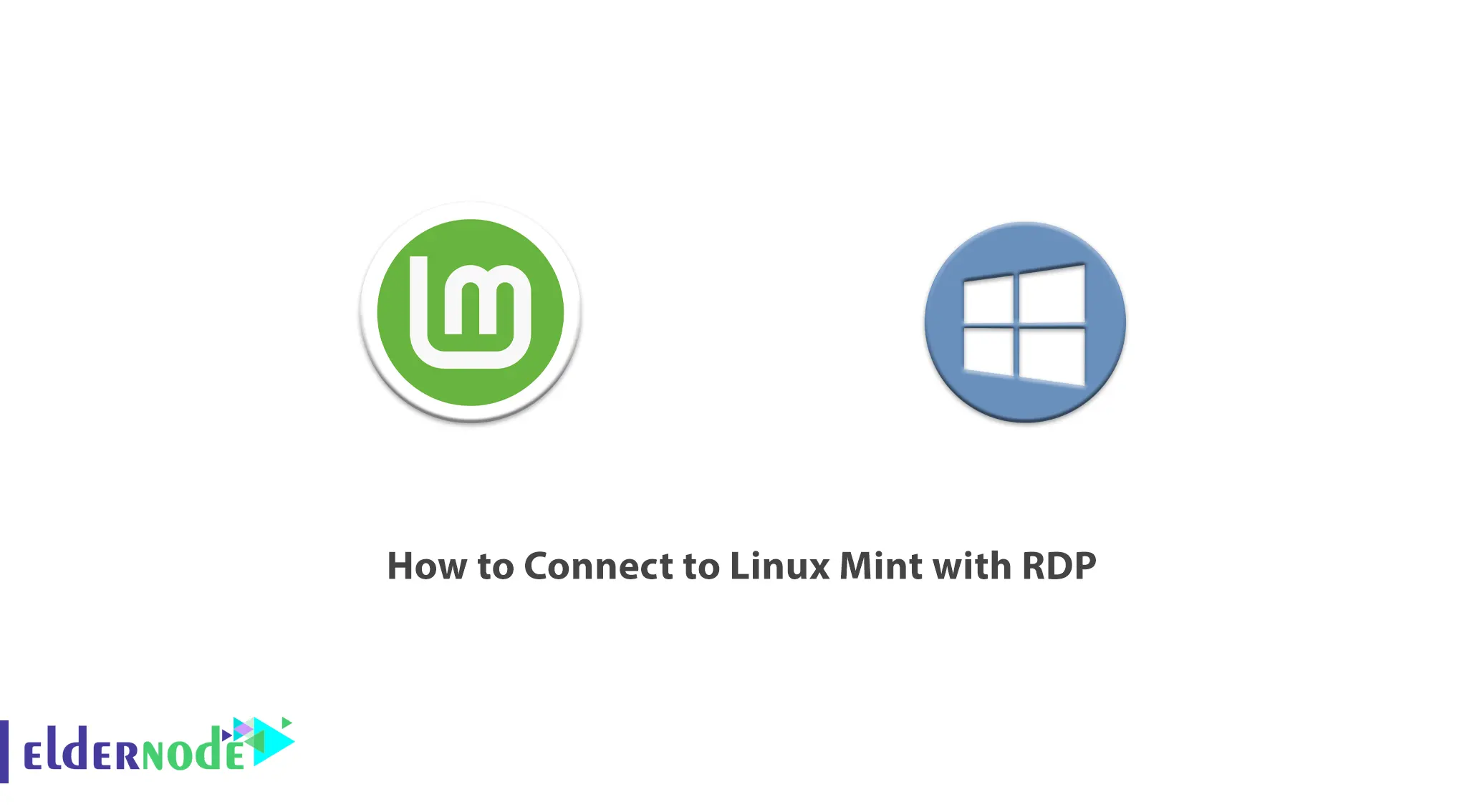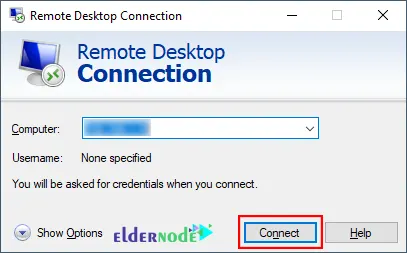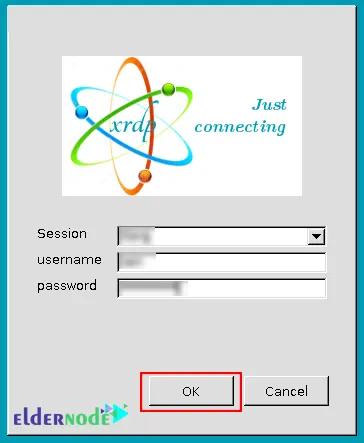- Remote Desktop For Linux Mint
- Built-In Remote Desktop For Linux Mint
- How to disable remote desktop encryption in Linux Mint
- Remote Access On Linux Mint With Remmina
- Here are a few more features Remmina provides:
- Linux Mint Remote Desktop With Vinagre
- How to Connect to Linux Mint with RDP
- Tutorial Connect to Linux Mint with RDP
- What is RDP?
- Introduction to Linux Mint
- Connecting to Linux Mint with RDP (Remote Desktp)
- Conclusion
Remote Desktop For Linux Mint
If you are a support engineer or a system administrator, you’ll routinely encounter situations where you will need to troubleshoot different machines, and resolve system issues so the end-user can continue working smoothly.
However, circumstances will arise when you won’t have physical access to malfunctioning devices (like being too far away from a particular machine when it requires troubleshooting).
During those scenarios, using a Linux remote desktop client will give you total access to a remote computer, allowing you to fix issues regardless of distance. In the article below, we’ll cover the best remote desktop options for Linux Mint, and how to set up Linux Mint remote access.
In this article, we’ll show you how to do remote desktop sharing on Linux Mint, tools that make it easier, and just how simple remote desktop protocol on Linux machines can be! When users share Linux Mint for remote access, a world of efficiency, productivity and convenience opens up like never before.
Please note: It’s vital to ensure all required packages are downloaded/updated before creating RDP sessions, and the tool Sudo Apt is helpful for this. Once users run the Sudo apt-get update command, the required packages will download automatically from the internet.
Built-In Remote Desktop For Linux Mint
This guide will serve anyone looking for an easy way to enable remote access to Linux Mint from Windows machines, or Mac operating systems, without the installation of various packages, etc.
When browsing the internet, you’ll find articles discussing XRDP installation, x11VNC, and so on. Attempting to enable remote access Linux Mint can seem overly complicated (be it XRDP or otherwise), especially since Linux Mint offers built-in desktop sharing capabilities… but it’s actually quite simple.
Please note: This Linux Mint remote access guide discussing LAN connections, and everything described below disables encryption for remote connections.
From Linux machines (be it remote access to Linux Mint 17 operating systems, or otherwise), click Menu > Preferences > Desktop Sharing . The Desktop Sharing Preferences screen will open, enabling other users to connect to Linux systems.
Under Sharing , check the “Allow other users to view your desktop” and “Allow other users to control your desktop” boxes. Under Security , it’s advised to uncheck the “You must confirm each access to this machine” as that requires you to locally confirm the remote connection before it can be accepted.
When providing another user with access to your remote desktop Linux Mint machine, you should ensure that you have control over when someone connects to your remote Linux machine.
In order to prevent any unauthorized access via your Linux Mint remote desktop connections:
- • Check the box beside “Require the user to enter this password” .
- • Enter a secure password, then close the window.
- • Install dconf Editor.
Users looking to establish Linux Mint remote root access should then disable the encryption currently required by Vino (the package that should already be installed on remote Linux Mint by default).
How to disable remote desktop encryption in Linux Mint
- Step 1: Open Terminal and enter in the command: sudo apt-get install dconf-editor ;
- Step 2: After package installation, open the Linux Mint menu;
- Step 3: Click “All Applications” (users should scroll down until they find the dconf Editor);
- Step 4: Open the editor;
- Step 5: Go to org – gnome – desktop – remote-access;
- Step 6: Uncheck the necessary encryption box, located in the right-hand navigation panel;
- Step 7: Close the editor and restart the Linux machine.
After the user logs back in, they can attempt to reinitiate remote access to Linux Mint computers.
From here, users can download their favorite VNC server/client for a Windows machine, then begin the Linux Mint remote desktop session via the VNC server/client. Enter your Linux computer’s IP address, then hit Enter. Since the encryption no longer exists, users will see a popup dialog explaining that their connection isn’t secure.
After moving beyond that message, users should enter the password that was defined earlier (during the desktop sharing sections on Linux).
Remote Access On Linux Mint With Remmina
Remmina is a remote desktop tool designed to accommodate a wide variety of Linux operating systems (like Linux Mint 20.) This software supports Remote Desktop Protocol (for Windows remote and Linux), and Secure Shell (SSH) Protocol, enabling access to the remote Windows or Linux servers easily and quickly.
What sets Remmina apart as an industry favorite for Linux Mint remote desktop, is that it’s open-source and completely free. Additionally, it supports 28 different languages- vastly expanding usability. Conveniently, this program even remembers the most recent “view mode” for each remote connection created.
Here are a few more features Remmina provides:
• Offers a dedicated Screenshots folder that securely stores the user’s screenshots;
• Protects screenshots from being added to a clipboard, allowing users to configure resolutions based on their unique needs;
• Utilize Tab and Host Key Configuration;
• Users can submit periodic usage reports to the dev team, ensuring that Remmina is acutely aware of any and all issues- allowing them to make fixes quickly.
Accompanying these useful attributes, the software offers a plethora of additional features targeting specific plugins, allowing users to easily enable a particular plugin whenever they choose.
Linux Mint Remote Desktop With Vinagre
Vinagre is another Linux Mint remote desktop to Windows client that’s open-source and free. It was developed for Gnome desktops, and gives users the ability to view numerous systems simultaneously (i.e. users can control multiple remote machines at once).
Additionally, its GUI (Graphical User Interface) is available in over 40 languages, increasing its reach and flexibility. It even lets users track their most frequently utilized connections (along with all recent connections).
Due to the Gnome Keyring option, users don’t need to provide a password each time a connection is initiated. Vinagre offers effective SSH tunneling, and API support telepathy for remote machine sessions, too.
For users who want to give remote desktop clients the ability to listen to new connection requests, they can enable Vinagre’s listener mode.
Users can also implement optional dependencies to remote desktop clients for the use of other features. Lastly, Vinagre provides users with the option to chat directly with its developers, ensuring issues are resolved quickly, regardless of where the end-user is located.
How to Connect to Linux Mint with RDP
RDP provides a graphical interface for the user to connect to another computer via a network connection. In this article, we are going to teach you How to Connect to Linux Mint with RDP. Also, you can visit the packages available in Eldernode if you wish to purchase a Admin RDP Server Hosting.
Tutorial Connect to Linux Mint with RDP
What is RDP?
RDP stands for Remote Desktop Protocol and is a protocol for using a desktop computer remotely. The RDP is provided by Microsoft and allows users to connect remotely to another computer. It provides a graphical user interface (GUI) for connecting to another computer over a network. The remote access user experience via the RDP protocol is very close to direct access. The RDP can be set up and enabled on a local network or it can be connected to another remote computer over the Internet using RDP.
Introduction to Linux Mint
Linux Mint is a free, open-source operating system distribution based on Ubuntu and Debian. Linux Mint includes proprietary third-party browser plugins, Java, multimedia support, and other components to enable support for commonly accepted standards. This support allows DVD and BluRay playback as well as a flash to play media. Linux Mint consists of several different software packages, most of which are released under one of the free licenses. Linux Mint’s main license is GNU GPL with LGPL.
Connecting to Linux Mint with RDP (Remote Desktp)
At first, you should install XRDP on your system. To do this run the following command:
Now run the following command to start the XRDP service:
sudo systemctl start xrdpYou can enable the XRDP service:
sudo systemctl enable xrdpTo check the status of XRDP, just use the following command:
sudo systemctl status xrdpIf you get active(running) in the output, it indicates the XRDP service is running.
By default, XRDP uses the /etc/ssl/private/ssl-cert-snakeoil.key file, which can only be read by members of the ssl-cert group. You can add the XRDP user to the ssl-cert group by running the following command:
sudo adduser xrdp ssl-certThen restart the XRDP service:
sudo systemctl restart xrdpYou can check if the Firewall is active on your system or not with the following command:
Now you can allow port 3389 on the firewall with the following command:
Then check the Firewall status to see if the 3389 port is allowed or not:
In this step, you can get your IP of the Linux machine with the following command:
Now you should log out of the system.
Finally, you should open the Remote Desktop connection and enter your IP and username of the Linux machine to connect to the Linux machine and click on Connect.
Then enter your session, username, and password and click on OK.
That it is! you can use RDP in Linux Mint.
Conclusion
RDP is used to connect a computer to a remote computer and it allows the client computer to view the remote computer screen. In this article, we taught you how to use and Connect to Linux Mint with RDP. I hope this article was useful for you.
Click on a star to rate it!
Average rating 2.7 / 5. Vote count: 6
No votes so far! Be the first to rate this post.


